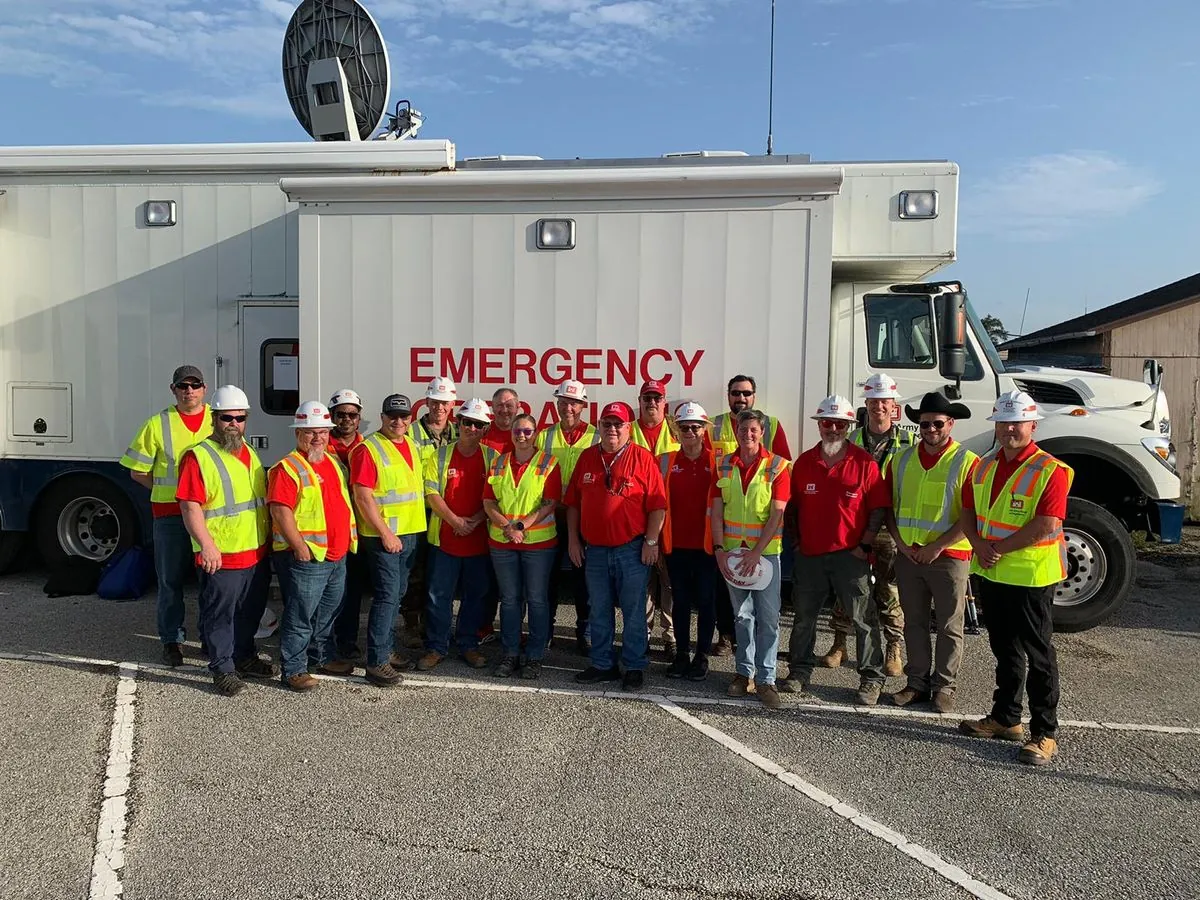Tropical Storm Helene Intensifies, Threatens U.S. Gulf Coast
Tropical Storm Helene strengthens in the Caribbean, expected to become a hurricane. U.S. Gulf Coast braces for impact with evacuations, school closures, and emergency declarations in Florida and Georgia.

Tropical Storm Helene is rapidly gaining strength in the Caribbean Sea, prompting authorities to issue warnings and prepare for potential impacts along the U.S. Gulf Coast. As of September 25, 2024, the storm is expected to reach hurricane status within the next 24 hours, posing a significant threat to coastal areas.
The National Hurricane Center has issued hurricane warnings for parts of Mexico's Yucatan Peninsula and Florida's northwestern coastline. The Yucatan Peninsula, which separates the Caribbean Sea from the Gulf of Mexico, is expected to experience near-hurricane strength winds as Helene passes nearby. This region, including popular tourist destinations like Cancun, is already feeling the effects of the storm with heavy rainfall and strong winds.
As Helene moves northward across the Gulf of Mexico, it is forecast to intensify further, potentially becoming a major hurricane before making landfall on Florida's Gulf Coast on September 27. The Gulf's loop current, known for contributing to rapid hurricane intensification, may play a role in Helene's development.
Authorities are warning of life-threatening storm surges along the entire west coast of Florida, with some areas potentially experiencing surges up to 15 feet (4.5 meters). Storm surge is often considered the greatest threat to life and property during hurricanes, making evacuation crucial for residents in low-lying coastal areas.
The impact of Helene is expected to extend far beyond the immediate coastline. Forecasters warn that hurricane-force winds could spread damage inland, affecting areas up to 90 miles north of the Georgia-Florida line. This includes Valdosta, Georgia, a city that experienced significant damage from Hurricane Idalia just one year ago.
In preparation for the storm, President Biden has declared a state of emergency in Florida, deploying Federal Emergency Management Agency (FEMA) teams to support local first responders. Governors in Florida and Georgia have also issued emergency declarations for their respective states.

The approaching storm has prompted widespread preparations across the region. In western Cuba, authorities have moved cattle to higher ground and taken measures to protect valuable tobacco crops. Fishermen have secured their boats, while medical teams have been dispatched to communities that may be cut off during the storm.
As Helene approaches, there is also a risk of tornadoes forming in the outer rainbands of the hurricane. The tornado threat is expected to increase on September 26, potentially affecting parts of Florida, Georgia, and South Carolina.
This event occurs during what the National Oceanic and Atmospheric Administration (NOAA) predicted to be an above-average Atlantic hurricane season, with 17 to 25 named storms expected before the season ends on November 30. Helene is the eighth named storm of the season, which began on June 1.
As coastal communities brace for impact, residents are urged to stay informed about local evacuation orders and take necessary precautions to ensure their safety. With Helene's approach, the importance of advanced hurricane tracking and forecasting technologies becomes evident, allowing authorities to issue timely warnings and potentially save lives.
"Helene is forecast to be near hurricane strength when it passes near Mexico's Yucatan Peninsula early Wednesday, and to intensify and grow in size as it moves north across the Gulf of Mexico."


































